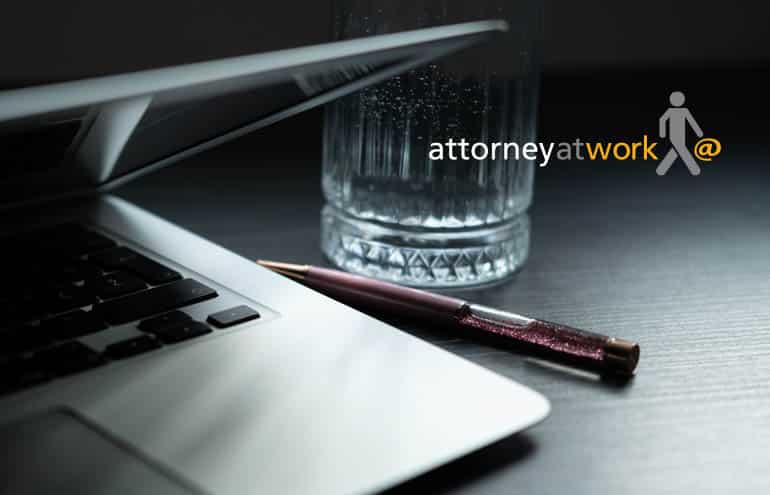Question: I know we’re not recouping many of our law firm’s costs from clients. How do you effectively manage a cost recovery program?


Grace Carr Lee: Any way I can! One size definitely does not fit all when it comes to recouping costs from clients. We try to manage clients’ expectations at the engagement stage as to what they should expect to see on their invoices. If a client says, “I will not pay for this, and I will not pay for that,” we consider that when setting financial terms. The inability to recover soft costs, for example, may be reflected in the hourly rates, or we may enter into a fixed-fee plus cost arrangement.
Here are a few other cost recovery methods our firm employs:
- The admin fee. The clients in one of our practice sectors especially do not appreciate being “nickel-and-dimed” with charges for photocopy, fax, postage and online legal research. But these clients have no problem paying an “administrative fee.” After doing a great deal of ethics research, we did a careful calculation to come up with a defensible percentage of the total invoice to be charged as the admin fee.
- Tracking software. Software devices installed at most copier-scanners force the entry of a client matter number (or admin number). We are installing them at our individual desktops as well, so that anything sent from a desktop to any networked device can be captured. This allows us to customize our charge-backs, for example, charging more for color prints than for black-and-white, or more for expensive laser prints than for photocopies.
- Outsourcing, and converting soft costs. When we can, we outsource so the firm’s soft cost becomes a hard cost. For example, big copy jobs go to our copy center (operated by a business partner) and we are invoiced. Errands are called out to couriers rather than being handled in-house, and we are invoiced. The third-party invoices are then passed through to clients.
Grace Carr Lee is Director of Administration with Hoge Fenton in San Jose, CA, where she is responsible for managing administrative functions, including finance, risk management, quality assurance, communications and more. She participated in drafting the firm’s Client Service Standards and Best Practices. She serves on the board of directors of the Silicon Valley Chapter of ALA and speaks on paralegal issues, resume writing and career development.

Vicki Hughes: We are a specialty boutique firm practicing appellate law only. We have elected to set our hourly rates accordingly and not bill our clients for items and services such as postage, in-house copy and binding charges, telephone expenses, or online research. We do bill our clients for out-of-town travel expenses, delivery charges, court fees and outsourced services.
Vicki T. Hughes is Firm Administrator at Alexander, Dubose & Townsend LLP, a 13-lawyer boutique appellate firm in Texas. She is a member of the Houston chapter of the ALA.

Kimberly Giertz: There are three things you can do to ensure your are recouping your costs.
1. Leverage technology. We use Control Systems Copitrak and Lasertrak to enforce policies, validate data (reduce errors) and track internal costs (whether they are billed or not), and to automate data entry and reporting.
2. Have a policy. What should be charged and what shouldn’t? Put it in writing, and use examples. Whether or not the client will pay these types of costs, you must still know what the internal costs are, and what will happen if the policy is not complied with (e.g., trigger a training session, report to an appropriate stakeholder).
3. Enforce usage. Your timekeepers and staff may or may not choose to enter the correct client or matter number for cost recovery, but your system should always prompt them to enter the client or matter information.
Kimberly A. Giertz has been the Director of Information Technology at Marshall, Gerstein & Borun since 1996. She is a member of the firm’s technology committee, litigation support committee and sustainability committee. In addition to collaborating with internal committees and practice groups on all types of workflow automation projects, she has collaborated with clients to satisfy their special business requirements related to communication, collaboration and security.

Rob Mattern: The traditional model of cost recovery is the method 99 percent of firms employ. This is where firms capture on-site costs through a cost recovery system with a preset charge for copies, prints, facsimiles and so on. Unfortunately, most firms have a net realization of less than 50 percent of what they try to collect. It’s possible to improve on this — a few firms do exceed this percentage, realizing up to 19 percent above (68 percent) what other firms do on black-and-white copies, prints and scans.
Here are three management practices these firms put in place to achieve an above-the-benchmark realization.
1. Focus of firm management. Firm managers work to make sure the firm’s cost recovery policy is reflected throughout the firm’s processes — from engagement letters through collection efforts. They monitor costs, are not afraid to police abusers of the system, and do not fear making changes to their overall strategy while embracing new technologies.
2. Build on attorney buy-in. If the cost a law firm is trying to recover is not transparent or justifiable, not only will clients not pay for it, the billing attorneys will not bill it. Attorney buy-in is critical to recovery of soft costs. In our annual cost recovery survey, one of the items participants are most surprised by is that internal write-offs (attorneys) are higher than external write-offs (clients) as a percentage of net realization. To that end, some firms utilize a Reimbursable Cost Committee that is involved in determining the overall cost recovery strategy for the firm based on recommendations by the financial management team.
3. Technology awareness. The majority of these firms were early adopters of recovering black-and-white and color print costs and convenience scans. They are not afraid of adopting technology and recovering these costs from their clients.
Even though these firms are using traditional methods in a down economy, their results are impressive and prove cost recovery does work if done well.
Rob Mattern is president and founder of Mattern & Associates LLC. He assists law firms in developing an unbiased strategic direction for their business processes while improving both the cost-effectiveness and the recovery of expenses for these services. Mattern & Associates also conducts a biannual Cost Recovery Survey, widely recognized as the most comprehensive snapshot of cost recovery practices in the legal market.
- Editor’s Note: Rob Mattern is presenting “Cost Recovery: What Is Your Firm Leaving on the Table?” on Friday, August 23, at the ALA Law Firm Financial Management Conference in Los Angeles.
Questions for Management?
Not every law firm has a full-time administrator or professional management to guide them. Send us your questions via email, or use the comment section below, and we’ll pass them on to the experts at the Association of Legal Administrators. Watch for the best ones here in “Ask the Experts.”
The Association of Legal Administrators—Where you can find the resources, network and knowledge to run a successful law practice.





















